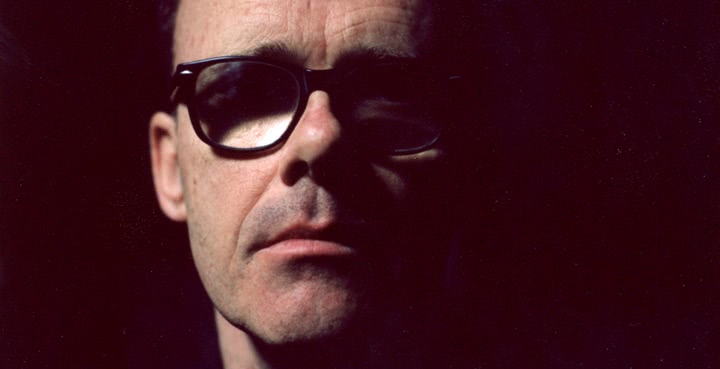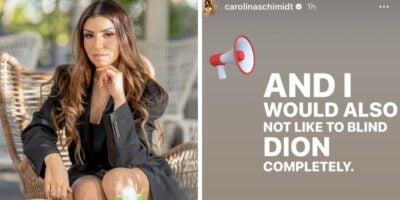Once upon a time, a long time ago and in a land far away – back when undercuts were worn without irony and people could say things like, “New Friends episode tonight!” – two British men were about to play a pivotal part in the legitimisation of dance music. It sounds strange now – legitimising dance music as though it’s some sort of fad. However, back in 1995, people were still genuinely questioning if this boom-boom-boom was just a passing trend.
Leftfield’s Mercury Prize-nominated debut album Leftism was a critically worshipped cornerstone that made it clear dance music was here to stay. Their classification-blurring epics fit just as comfortably in a sweaty club at 2am as on a ludicrously expensive sound system belonging to a polo-neck-wearing music snob. Four years after Leftism came its follow-up, Rhythm And Stealth. In that time, dance music had evolved at an explosive rate into an ever-growing range of subgenres. The album managed to reach number four on the Australian album charts, but just three years later in 2002, Neil Barnes and Paul Daley decided to go their separate ways.
Fast-forward to 2010 and the surprise announcement of the band’s reformation, with the notable absence of Daley. After resoundingly positive reactions to the first comeback shows, Barnes announced a new Leftfield album was on its way.
“I felt like I wanted to push the Leftfield catalogue in a different direction and make it really modern, rather than a memory of those two albums. I didn’t feel like the story was over,” says Barnes. “The name brings a weight behind it that allows me to get into the personality of the music. The power of it is Leftfield and the emotion of it is Leftfield, and that’s me; that’s very much my thing.”
Keeping in tradition with the first two albums, Alternative Light Source features a respectable guestlist that includes Sleaford Mods, who also guested on fellow ’90s dance veterans The Prodigy’s latest album. “Jason [Williamson]’s got the same stupid sense of humour as me,” says Barnes. “I didn’t know that Jason was about to start something for The Prodigy. There was no connection, and it didn’t stop me from wanting to do this track.”
Since Rhythm And Stealth, dance music has changed immeasurably, to the extent that referring to it as ‘dance music’ makes you sound out of touch. EDM has finally broken dance through to the American mainstream, and we ask Barnes how Leftfield fit into a landscape obsessed with the drop.
“That’s a tricky one,” he says. “Most acts doing that sort of music look bored doing it. Taking that approach to being successful is just being cynical and manipulating people. I hate it. I’m happy just to make some music and I hope people like it and that they realise that I’m trying to do something different.”
Alternative Light Source is an impressive reinterpretation of ’90s techno through a modern filter that recalls innovators like Modeselektor. Though still identifiable as Leftfield, it’s unquestionably forward-looking, with the seven minutes of lead track ‘Universal Everything’ making clear that this comeback is no cynical cash-in.
“Modeselektor lead the way in big band electronic music,” says Barnes. “Also in England we’ve got Hudson Mohawke and Jamie xx; they’re forging a new style of music that is really fresh and brave.”
For those who’ve still yet to hear Leftfield, where does Barnes recommend as a starting point? His response drips with irony.
“Do not listen to Leftfield. Stay in the area that feels safe for you and that you’re comfortable with. You don’t want to get corrupted by all this music.”
Leftfield’s Alternative Light Source is out now through Liberator/Infectious.

































